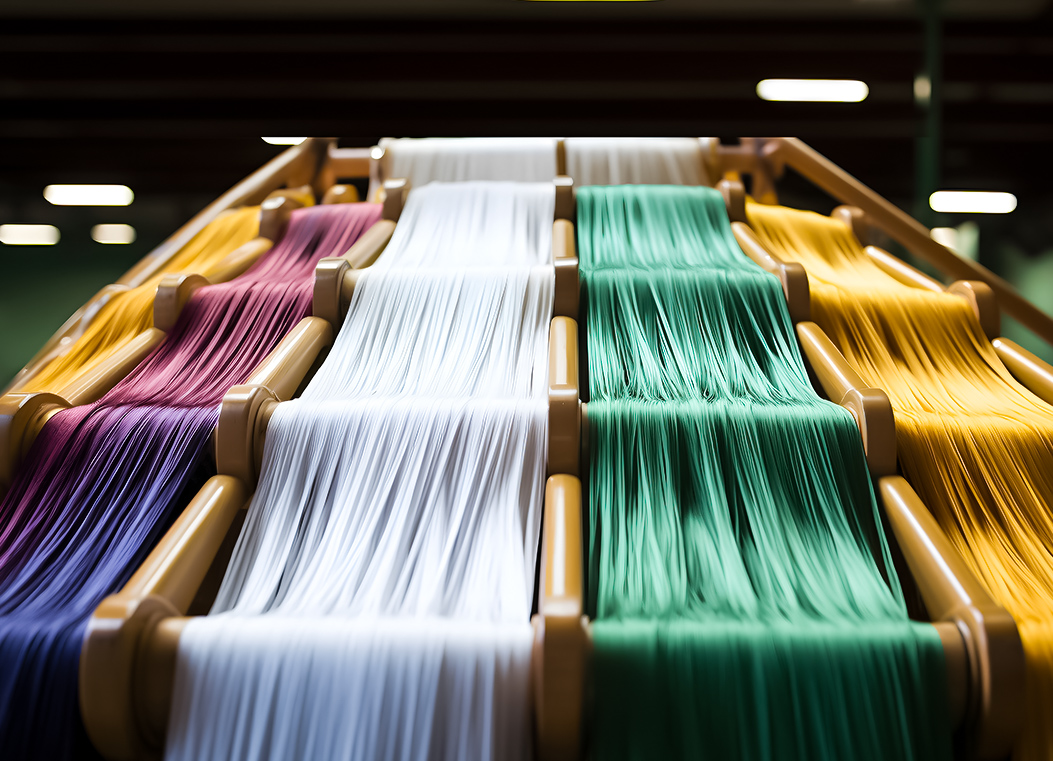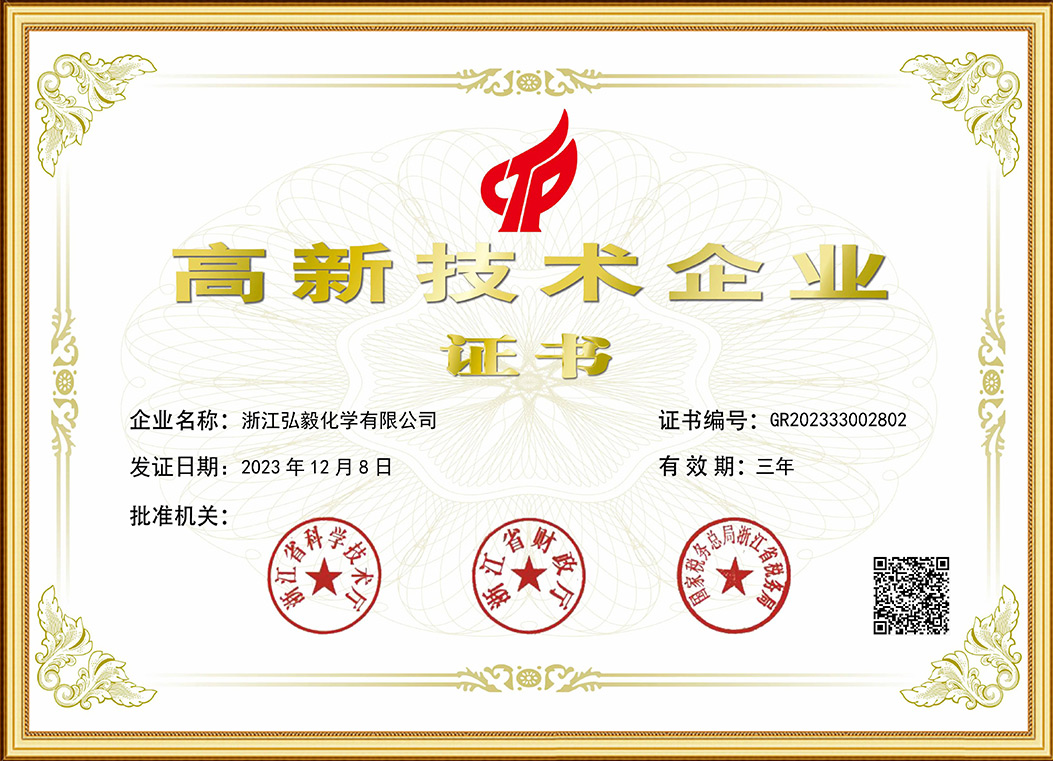Achieving bright and consistent color tones in viscose dyeing lines requires precise control over chemical additives and optical balance. Among the many additives used in textile finishing, the Fluorescent Whitening Agent plays a key role in improving brightness and color clarity. Similarly, the use of Fluorescent Whitening Agents for ceiling panels demonstrates how optical brighteners can extend beyond traditional textiles into other fiber-based applications that demand uniform whiteness and enhanced light reflection. These agents help manufacturers produce fabrics and materials that meet the growing demand for visual quality and process efficiency.

The Function of Fluorescent Whitening Agents in Viscose Dyeing
Viscose fibers are known for their softness and dye absorption, but they often display a slightly yellowish tone after bleaching or dyeing. This natural tint can make it difficult to achieve pure, bright colors, especially when light shades or whites are required. Fluorescent whitening agents address this issue by absorbing ultraviolet radiation and re-emitting it as visible blue light. This optical process effectively neutralizes yellow hues and enhances the overall whiteness and brightness of the fabric without changing its chemical structure.
During viscose dyeing, the addition of a fluorescent whitening agent helps achieve color consistency between batches. Even minor variations in dye concentration or temperature can affect the perceived brightness of viscose fabrics. FWAs balance these differences by improving the visual uniformity of the final product, allowing manufacturers to maintain consistent quality standards across production lines. They are particularly valuable in textile mills where color precision and brightness are critical for meeting customer specifications.
Integration in Dyeing and Finishing Processes
A major advantage of fluorescent whitening agents lies in their versatility within different processing stages. In viscose dyeing lines, FWAs can be introduced either during the dyeing process or in the subsequent finishing bath. Their good water solubility ensures they disperse evenly throughout the solution, allowing uniform application across the fabric surface. This solubility also makes them compatible with automatic feeding systems, which help maintain accurate dosing and reduce manual handling.
The use of liquid-based agents, such as 4BK-L, provides further convenience. Their low viscosity supports easy mixing, and the anionic nature allows compatibility with commonly used auxiliaries and detergents in viscose processing. When added to exhaust or pad-dyeing systems, the brightener penetrates evenly into the fiber structure, improving light reflection and perceived whiteness. These features contribute to stable, repeatable performance across different production environments.
Optical Benefits and Visual Enhancement
One of the practical effects of fluorescent whitening agents is their influence on color brightness and clarity. In viscose dyeing, even when strong colors are used, FWAs can subtly improve the perceived depth and purity of the shade. The purple-blue fluorescence enhances the visual impact of light-colored fabrics and ensures a fresh appearance that lasts through multiple washes. For white or pastel shades, this optical brightening is particularly effective in giving the fabric a clean, crisp finish that appeals to consumers.
The same optical principles are applied in Fluorescent Whitening Agents for ceiling panels, which rely on UV absorption and blue light emission to enhance brightness. In fiber-reinforced or textile-based panels, FWAs ensure surface consistency, reduce yellowing over time, and improve overall light diffusion in architectural spaces. This connection highlights how technologies originally developed for textiles now benefit other manufacturing sectors where appearance and brightness uniformity are equally important.
Process Adaptability and Performance Considerations
Fluorescent whitening agents offer flexibility for use under various pH and temperature conditions commonly encountered in viscose processing. Their stability ensures consistent results even when dyeing parameters fluctuate. Agents like 4BK-L, for example, exhibit effective whitening in both alkaline and neutral systems, making them suitable for different process configurations. They can be used in exhaust dyeing, continuous pad-dyeing, or even in finishing baths depending on the desired brightness level.
In addition, their physical characteristics—such as density and viscosity—allow seamless integration into modern production equipment. The flash point above 93°C ensures safe storage and handling under standard industrial conditions. Such stability and compatibility help maintain process safety while supporting continuous production runs, minimizing downtime and waste.
Enhancing Product Value Through Optical Control
Viscose fabrics are widely used in apparel, home textiles, and industrial materials where appearance directly influences market value. By integrating fluorescent whitening agents into the dyeing line, manufacturers can enhance product brightness without resorting to higher dye concentrations or more aggressive bleaching processes. This not only reduces chemical consumption but also supports more sustainable manufacturing practices by lowering energy use and effluent load.

 EN
EN 中文
中文 ES
ES




.jpg)













